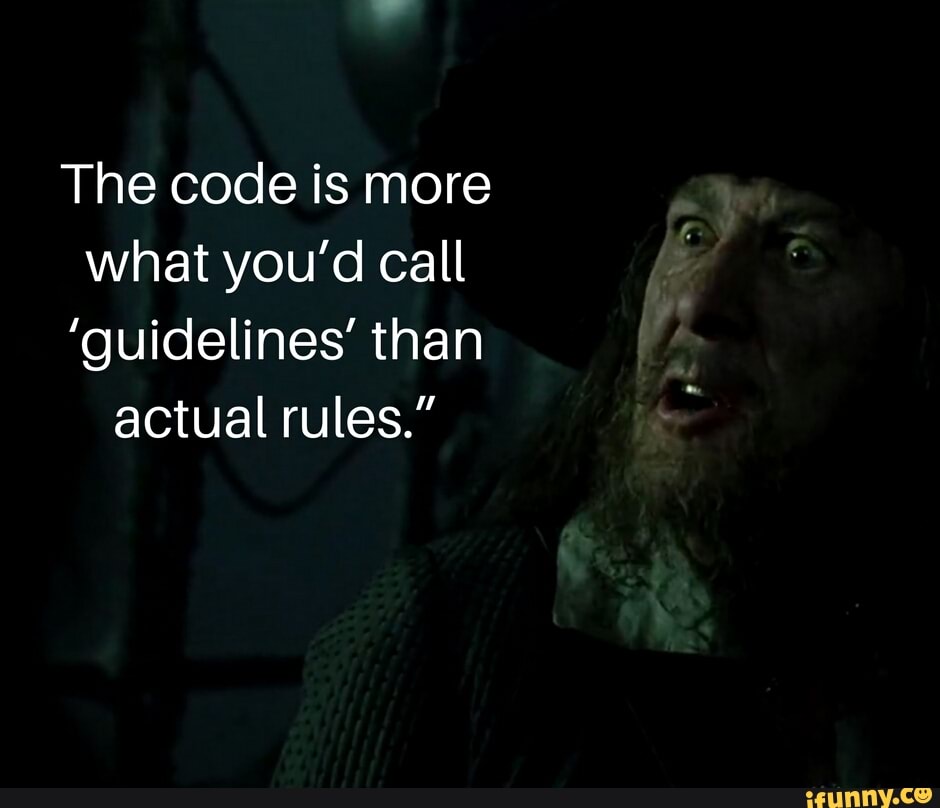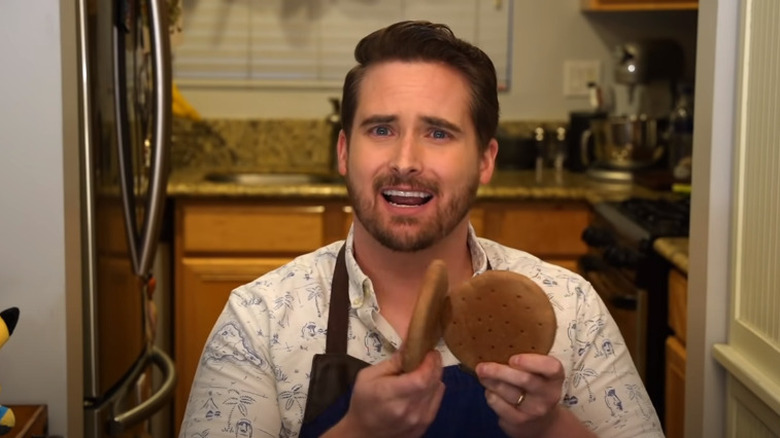

Once an account is set up on a switch your kids will not need to remember password to access it. From what I recall the only time you might have to recall the password is to add funds to the account to buy games on the shop.
There is a companion parental control app that allows you limit screen time or access hours and filter games by age rating. You’ll still have full access to the console through a quick passcode.










And this coffee can of assorted screws